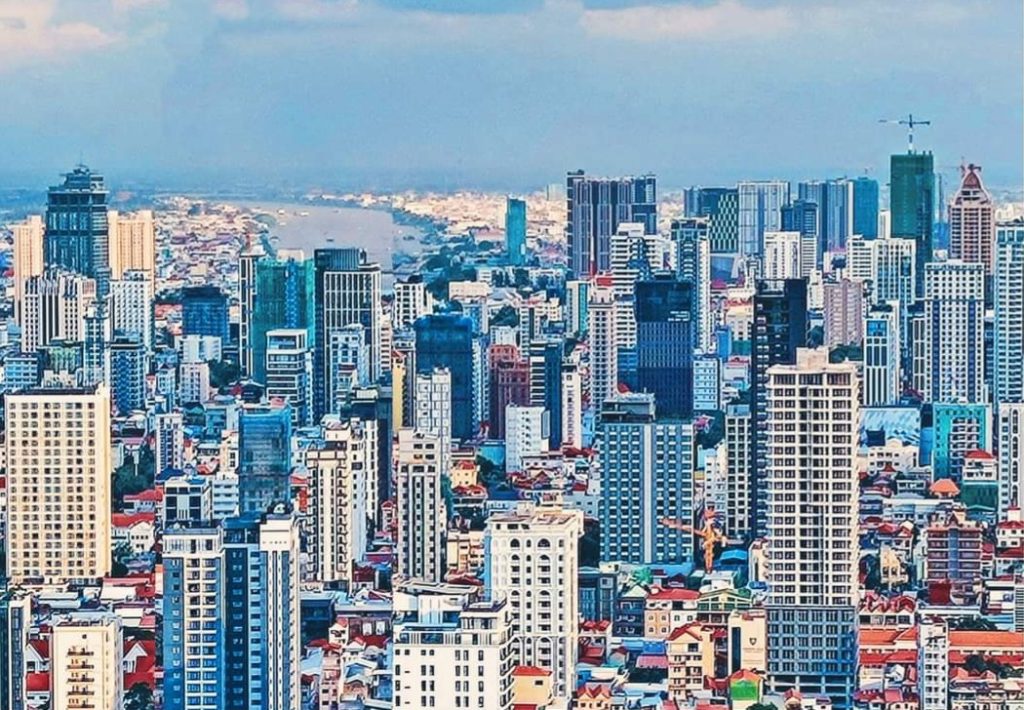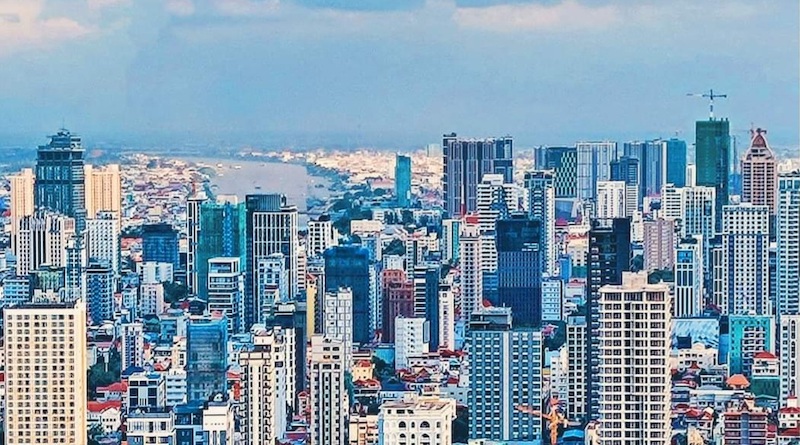Frontier Markets and Recession Avoidance: Investing in the Rise of Asia

InvestAsian
Sponsor
A smart investor would never put their entire net worth into one stock – it’s just too risky.
Why, then, do the vast majority of investors limit themselves to a single financial system by not owning assets outside their home country?
Global diversification is one of the most effective ways to enhance a portfolio. You’re able to reduce risk while potentially achieving higher returns at the same time.
Specifically, frontier markets like Vietnam, Cambodia, and the Philippines are some of the world’s fastest-growing countries. They have a proven record of avoiding recessions and are usually less correlated with the overall global economy.
The only problem? Frontier markets are difficult to access.
You’ll find a lot of ways to generate outsized returns in these developing nations, but extracting them is rarely a passive effort.
For over a decade, InvestAsian.com has helped clients and readers break down entry barriers in frontier markets.

Modern-day Cambodia is a perfect example of how frontier markets are able to sustain rapid growth, even when the general world economy is slow.
If you were alive during the 1970s, the mention of “Cambodia” might not bring the greatest mental image. Yet at this point, their tragic past reached its peak half a century ago. The Cambodian economy has been on a continuous growth spurt since the 1990s.
Cambodia has skipped practically every recession in the past 30 years. From the Asian Financial Crisis in 1997 to the Global Recession of 2008, their lack of correlation has a multi-decade history.
Meanwhile, foreign investors have lots of opportunity in Cambodia. Phnom Penh is one of few capital cities the world where it’s still possible to buy prime real estate for $1,000 per square meter.
Whether in Cambodia or elsewhere, this short article explains why frontier markets are able to dodge recessions – and how you can start investing in them.
WHY CAMBODIA SKIPS RECESSIONS
First off, it’s worth mentioning that Cambodia is unique as a frontier market because they have a robust tourism sector.
Longtime residents of Southeast Asia would tell you Cambodia feels reminiscent of Thailand during the 1990s. Upon deeper inspection, this statement does have truth to it.
Between 2000 and 2010, Thailand tripled its GDP based on its manufacturing and tourism sectors. While Thailand’s ship has already sailed, so to speak, Cambodia’s hasn’t yet.
Cambodia is home to Angkor Wat – the world’s largest religious structure – and is part of an established tourism trail in Southeast Asia. More than 5 million foreign tourists visit the Kingdom during a normal year.
Frontier markets like Kenya, Mongolia, or anywhere else for that matter, aren’t as fortunate. Without large-scale tourism or oil reserves, these developing nations must climb the economic ladder “the hard way”, so to speak.
Of course, foreign tourists bring money and other benefits along with them. This helps frontier markets turn into emerging markets, and eventually into fully developed nations.
The main reason behind Cambodia’s outperformance though? Putting tourism aside, their demographics are the strongest in Southeast Asia.
Between Cambodia’s average age of 25, a rising urbanization rate, and ongoing expansion of its middle class, Cambodia is positioned to grow for many decades into the future.
Compared to the S&P 500’s whims, all the benefits gained from Cambodia’s demographic dividend won’t change once they’re already set in motion.
HERE’S HOW YOU CAN INVEST IN ASIA’S RISE

When we say “Asia”, people often just think of the continent’s East and Southeast. In reality, Asia spans all the way from Istanbul to Japan.
Cambodia is one of our favorite frontier markets. Still, there are about 50 different countries in Asia and each one has its own unique opportunities. The best place to invest will depend on your own personal circumstances.
That’s why we created a resource for anyone looking to diversify into the world’s dynamic region.
InvestAsian.com has helped thousands of readers and clients diversify into high-growth markets. Learn more about how you can invest in Asia’s rise.
- Email us: admin@investasian.com
- Call us: +1 (206) 395-8701

